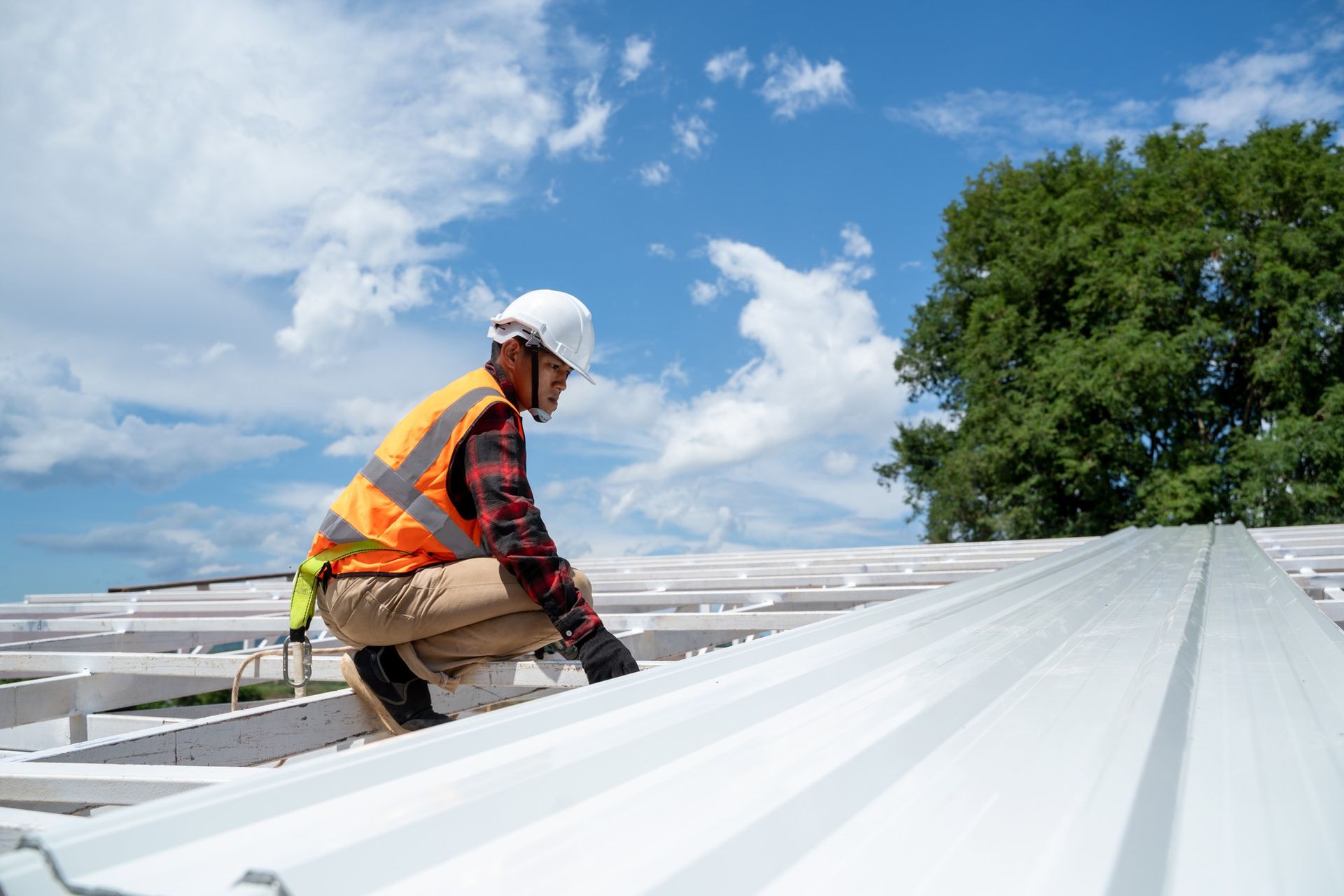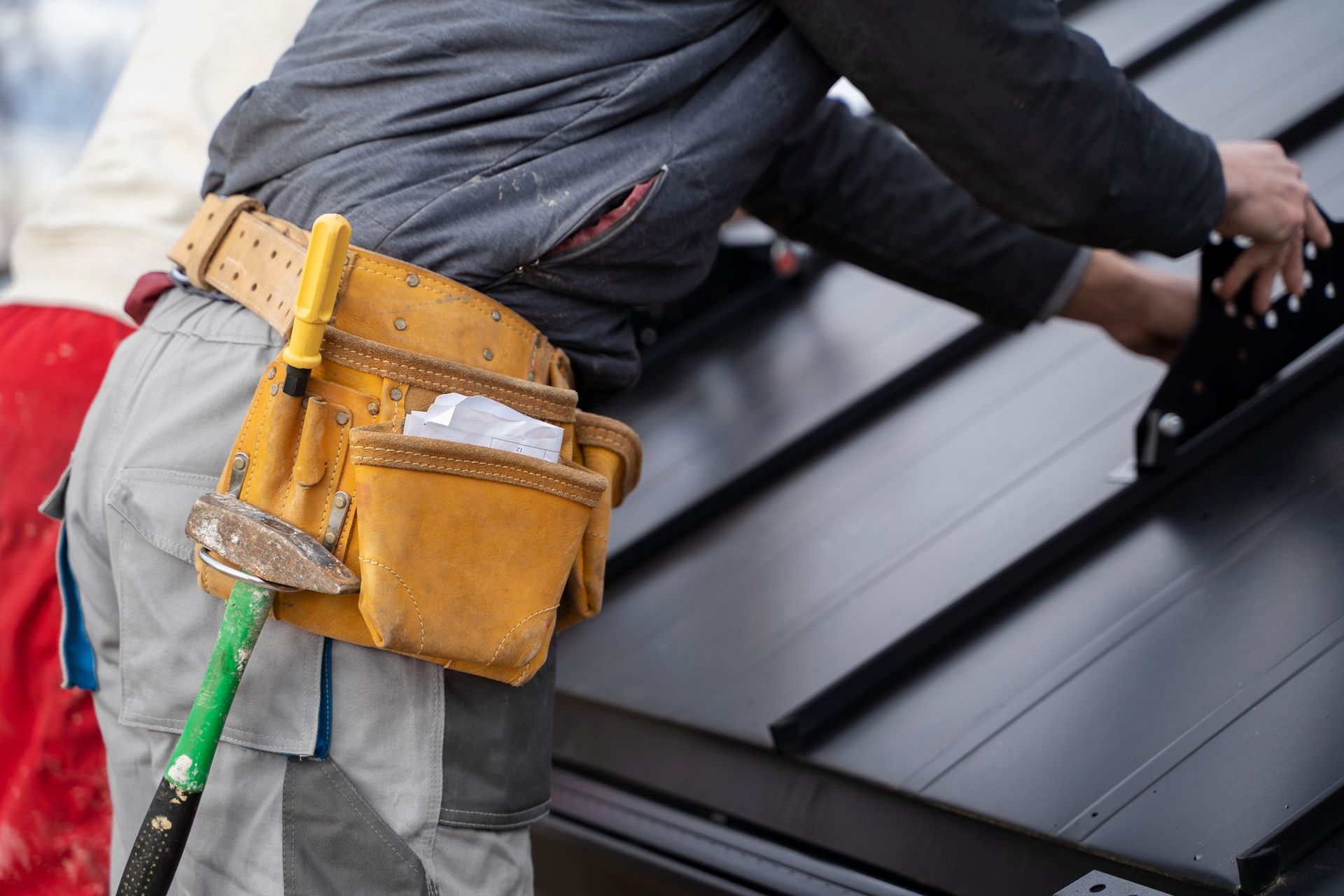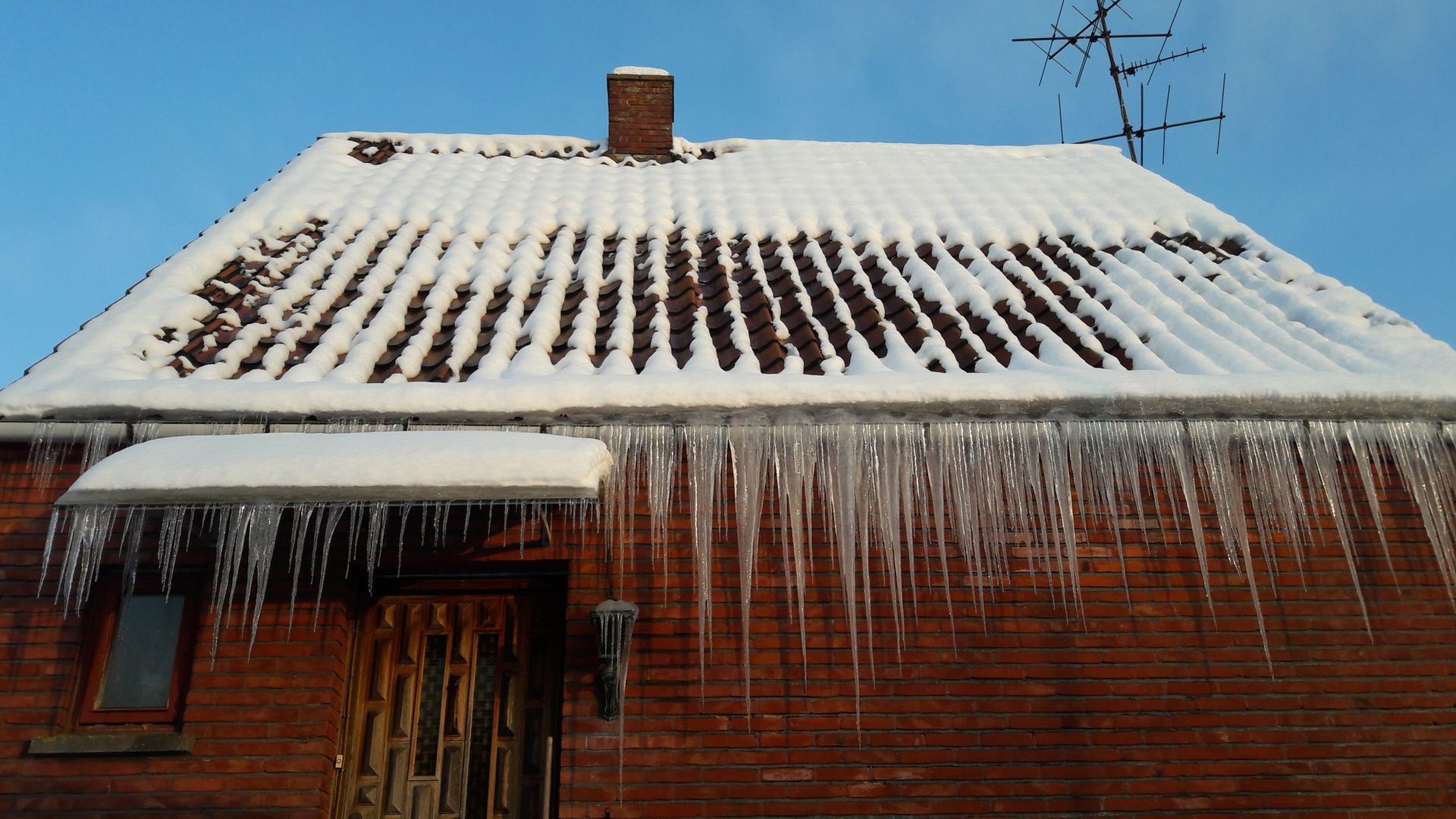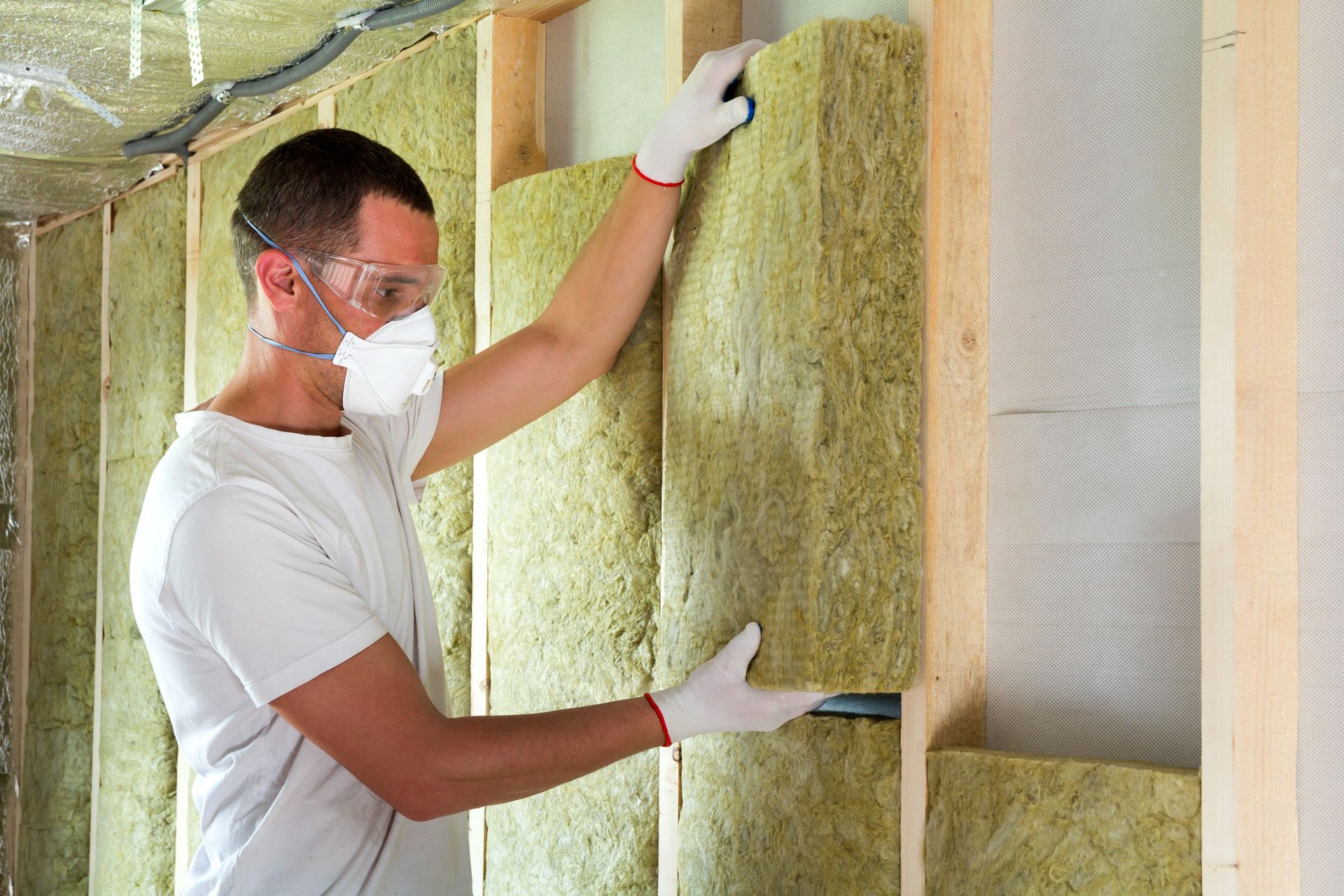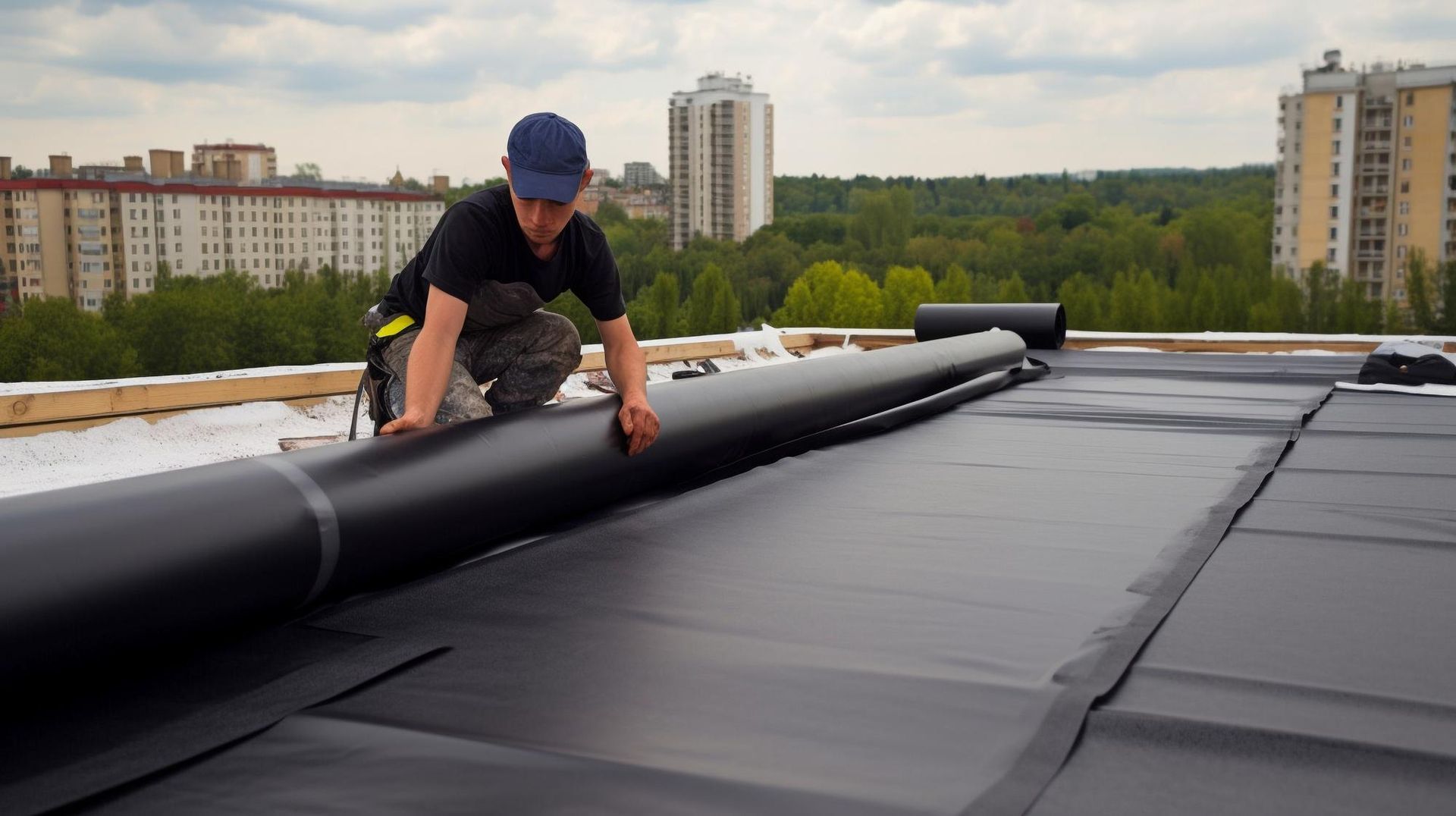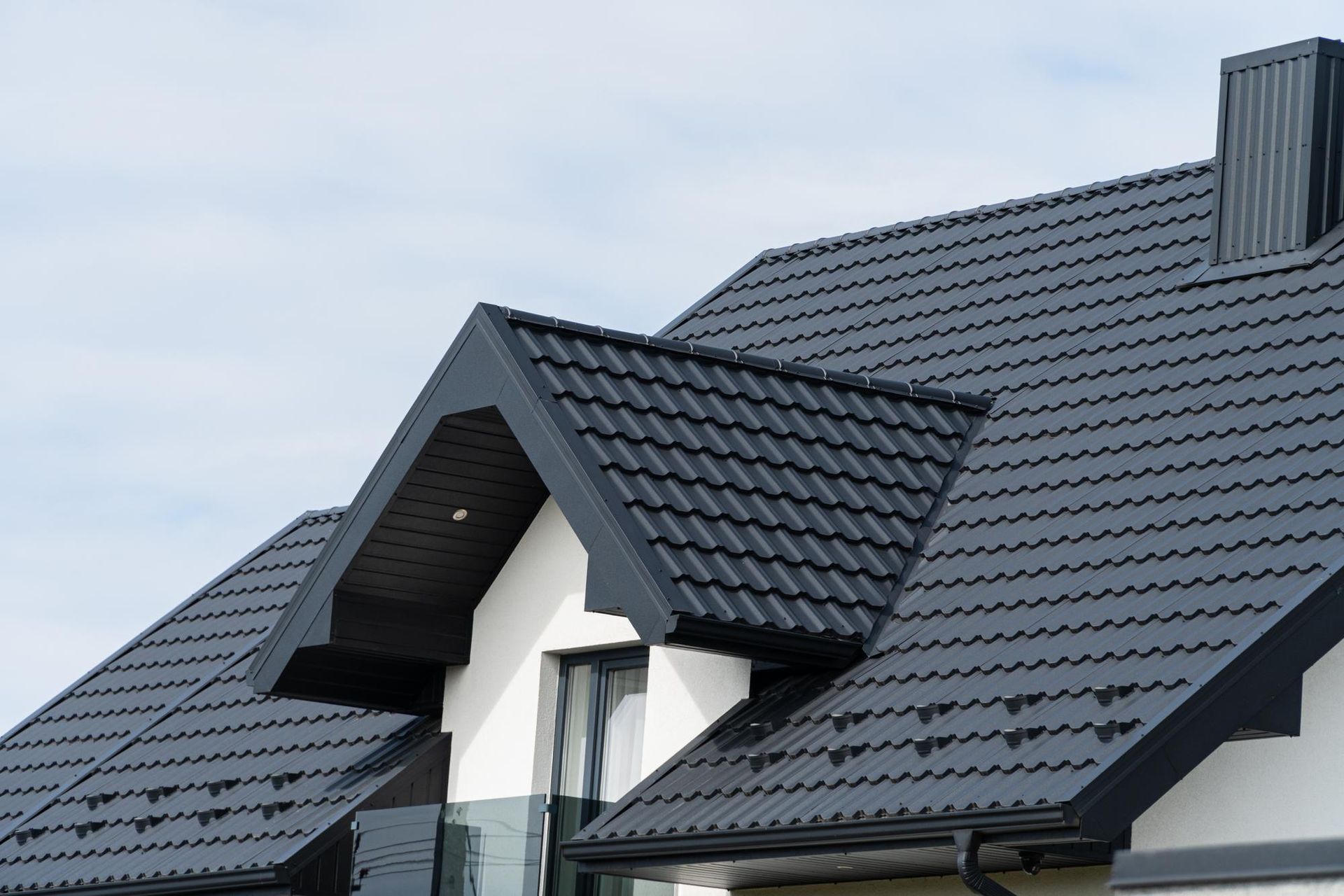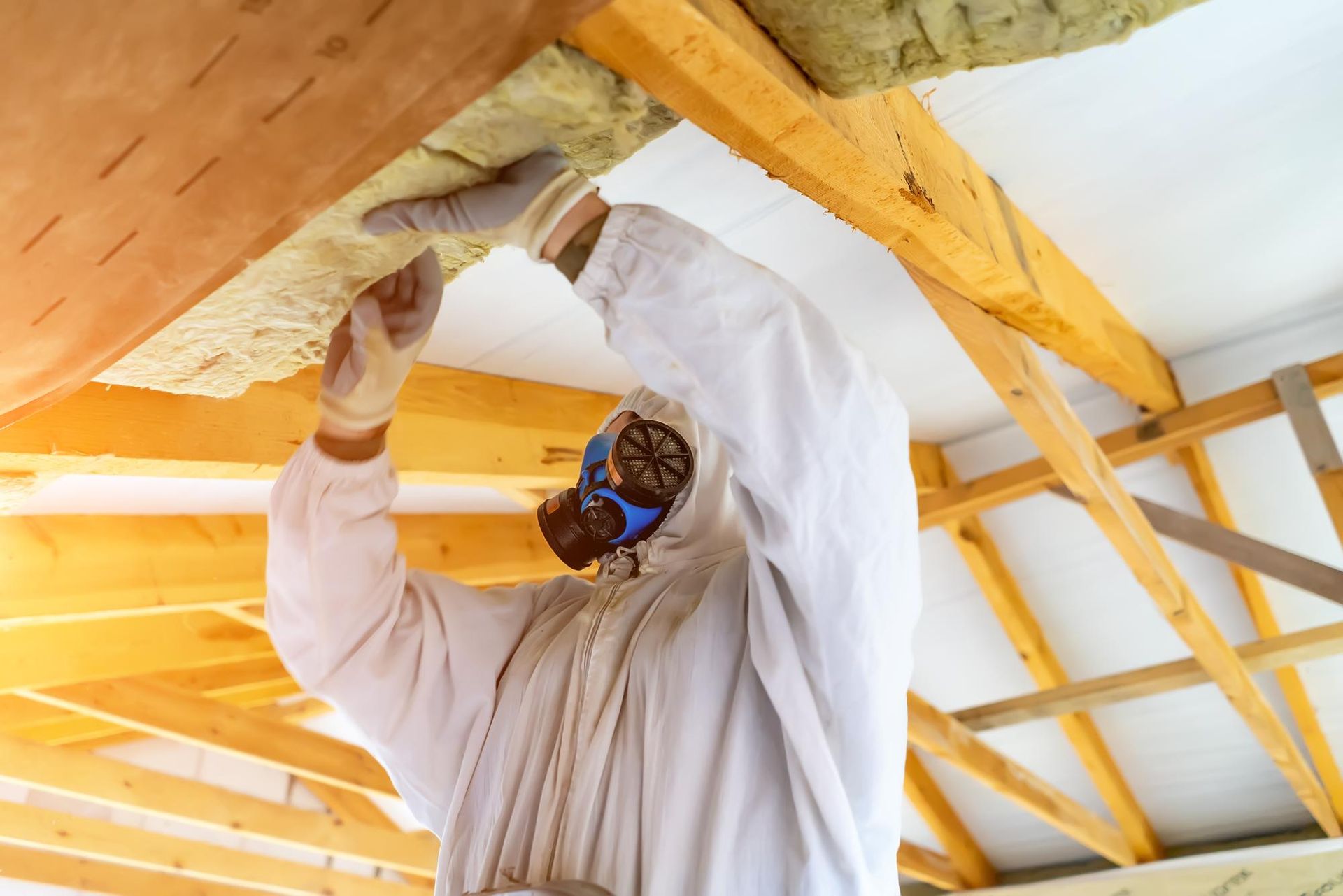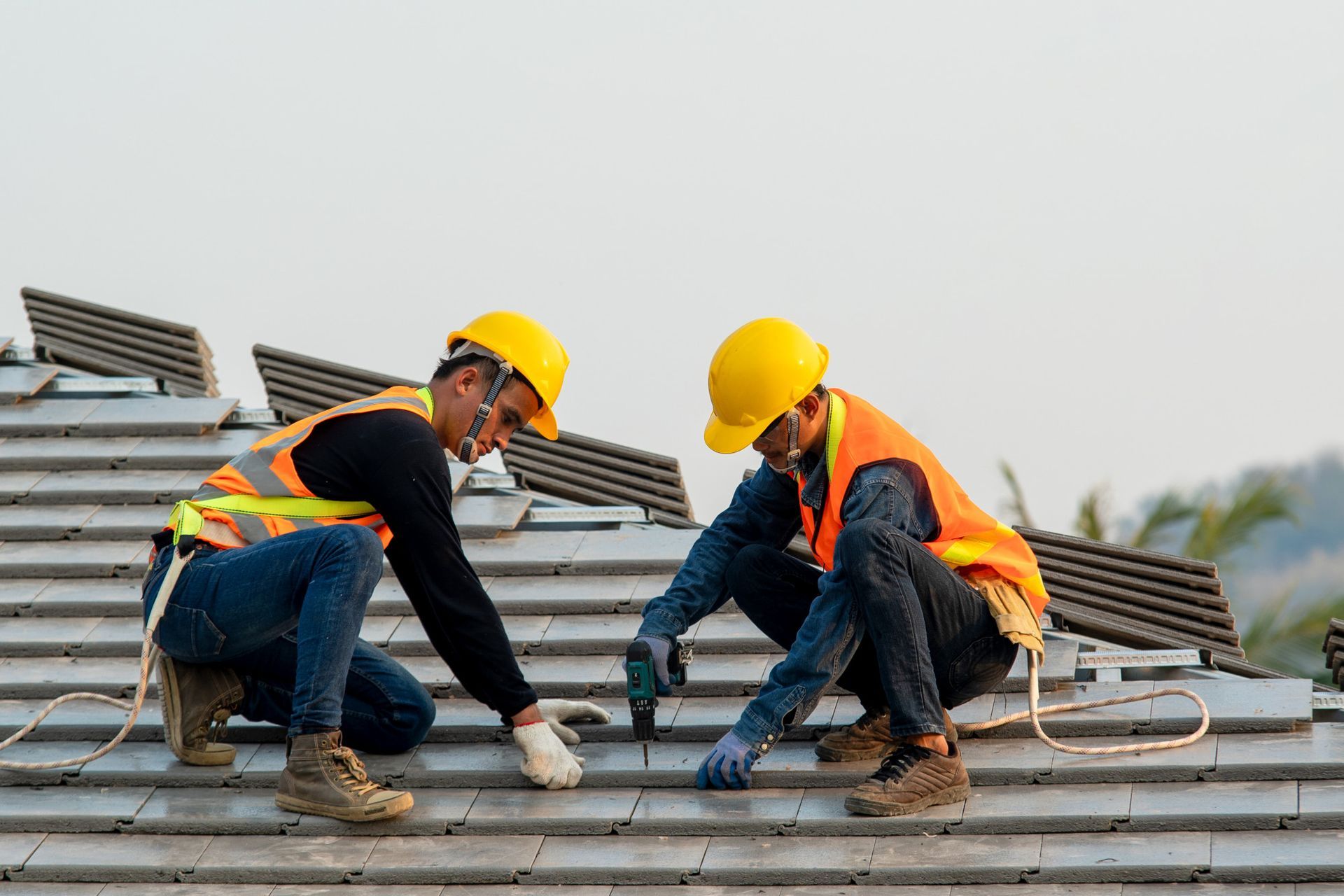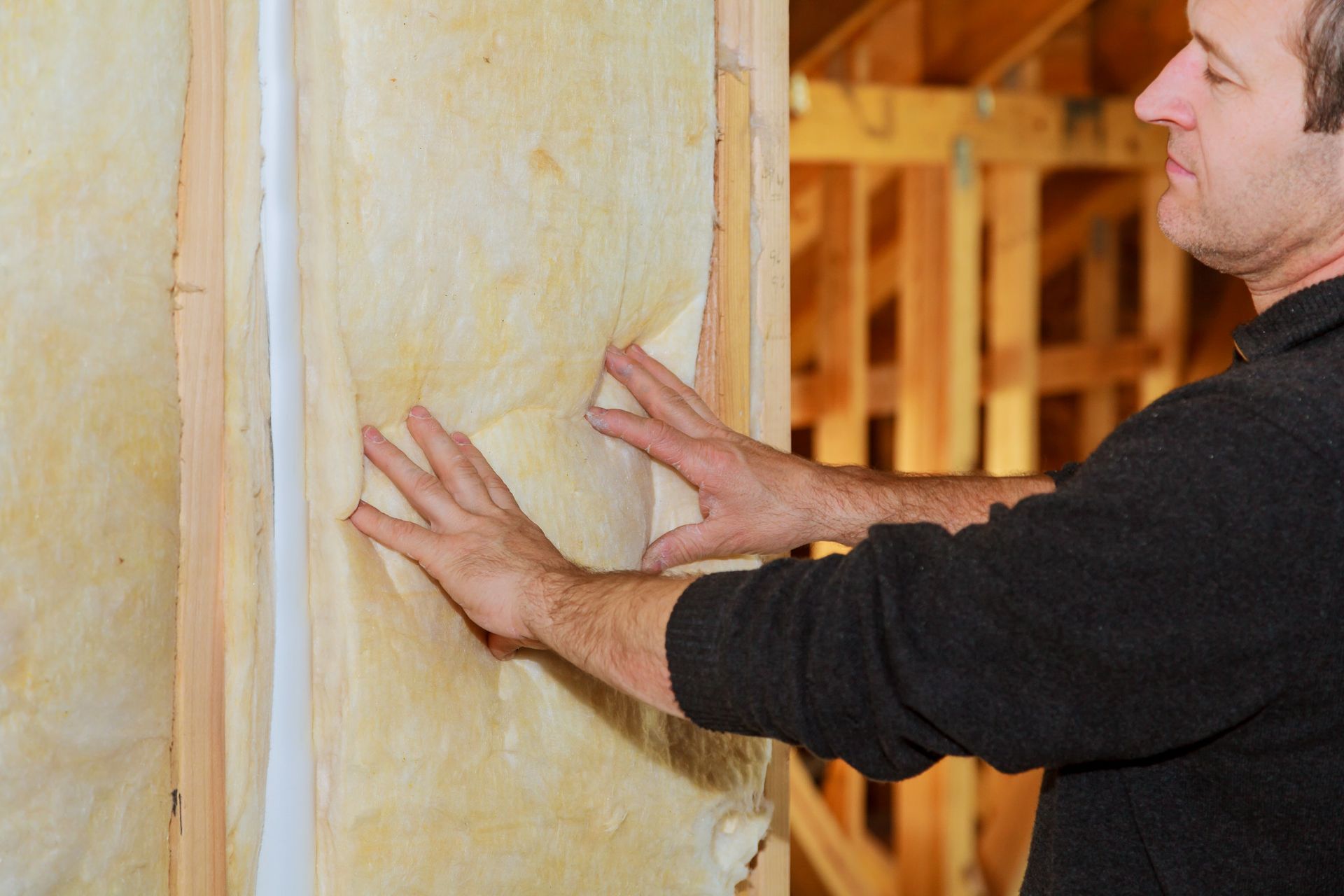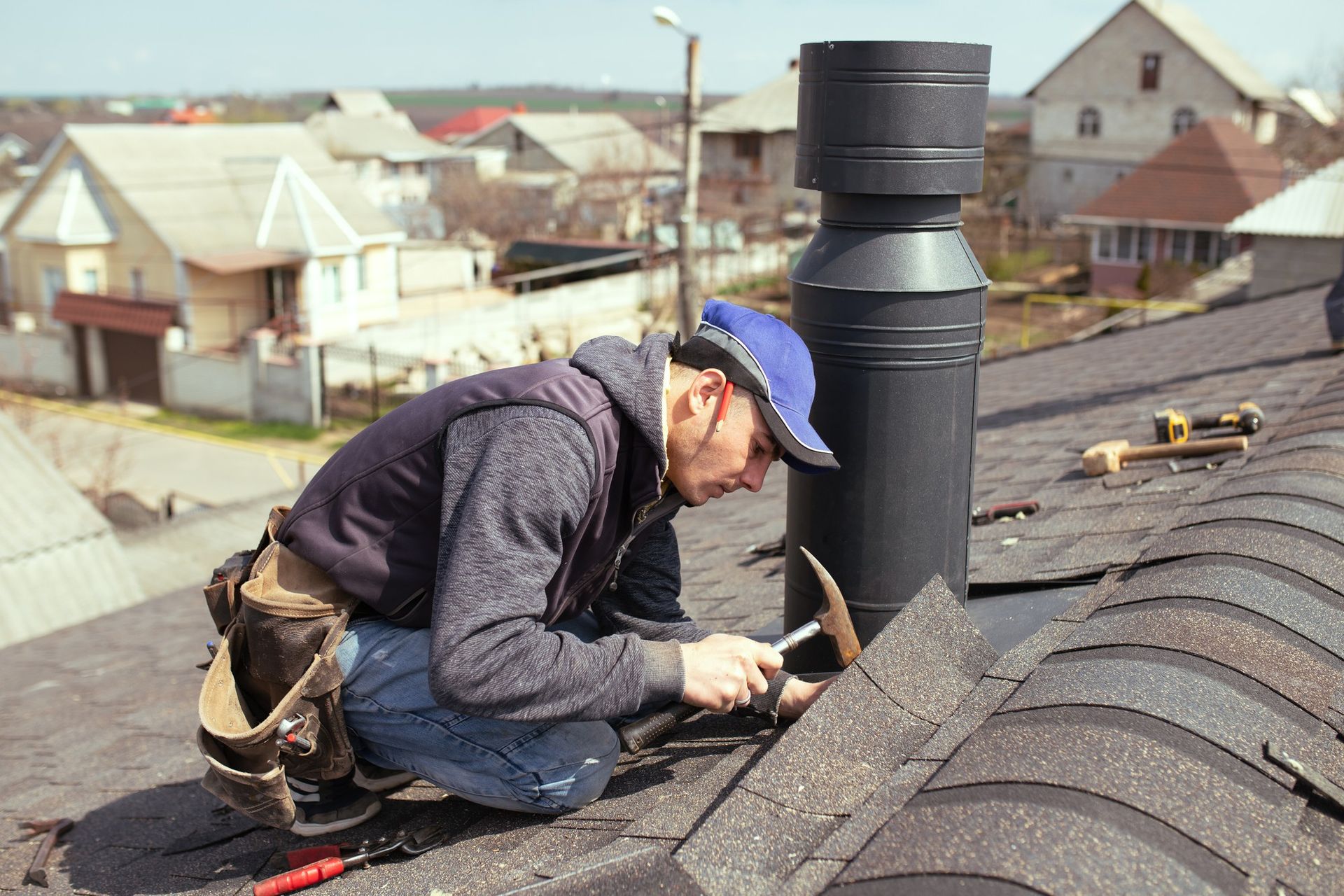CALL US TODAY! (608) 330-3626 OR (608) 530-5323
CALL US TODAY! (608) 330-3626
Winter-Proof Your House with Home Insulation: Stay Warm and Cozy
As the temperature drops and the frosty winds start to bite, there's nothing more comforting than retreating to a warm and cozy home. Yet, keeping your home comfortable during the winter months can be challenging, especially if you're losing heat through poorly insulated spaces. This is where "home insulation" becomes the hero of the season. In this comprehensive guide, we'll delve into the world of home insulation, exploring how it can transform your living space into a haven of warmth and comfort during the coldest months.
Understanding Home Insulation
At its core, home insulation is like a warm and cozy blanket for your house. It's a protective barrier that helps maintain the temperature inside your home, ensuring that the precious heat generated by your heating system doesn't escape easily. Think of it as a shield against the winter chill and a reliable way to keep your energy bills in check.
Home insulation comes in various forms, each with its unique properties. The choice of insulation material can impact its effectiveness and durability. Common types of insulation include fiberglass, foam, and cellulose. These materials work together to keep your home snug and welcoming.
The Benefits of Home Insulation
One of the most significant advantages of proper home insulation is improved energy efficiency. When your home is well-insulated, it acts as a barrier that prevents warm air from escaping and cold air from creeping in. This means your heating system doesn't have to work overtime to maintain a comfortable temperature, resulting in substantial energy savings and lower utility bills.
Apart from financial benefits, home insulation also enhances your overall comfort. Gone are the days of shivering in drafty rooms. Insulation ensures that your living spaces stay consistently warm, eliminating uncomfortable temperature fluctuations. You'll enjoy a cozier atmosphere throughout your home.
Home insulation doesn't just stop at maintaining temperature; it offers soundproofing benefits too. It reduces the amount of noise that enters your home from the outside, creating a quieter and more peaceful living environment. No more hearing every passing car or the neighbor's lawn mower on a Saturday morning.
Beyond personal comfort, home insulation is a friend to the environment. It reduces energy consumption, which in turn lowers greenhouse gas emissions. By investing in insulation, you're contributing to a greener and more sustainable future.
The Winter-Proofing Process
When it comes to winter-proofing your home with insulation, it's essential to follow a systematic process to ensure that your house remains a warm and cozy haven even during the coldest months.
1. Assessing Your Home's Insulation Needs
The first step in the winter-proofing process is to assess your home's insulation needs. This involves conducting a thorough evaluation of your home's current insulation status. You can choose to do this yourself or hire a professional for a more comprehensive assessment.
During this assessment, pay attention to areas that may require insulation or improvement. Common trouble spots include attics, walls, floors, and crawl spaces. Look for signs of inadequate insulation, such as drafts, cold spots, or temperature fluctuations between rooms.
A home energy audit can be a valuable tool during this phase. It helps identify areas where heat is escaping or cold air is infiltrating. By pinpointing these problem areas, you can prioritize your winter-proofing efforts effectively.
2. Choosing the Right Insulation Material
Once you've identified the areas that need insulation, the next crucial step is choosing the right insulation material. There are various insulation materials available, each with its unique properties and benefits.
- Fiberglass: This is one of the most common and cost-effective insulation materials. It's known for its thermal resistance and fire-resistant properties. Fiberglass insulation comes in rolls or batts and is relatively easy to install.
- Foam Insulation: Foam insulation, including spray foam and rigid foam boards, offers excellent thermal performance. It provides an airtight seal when installed correctly, minimizing air leakage. Foam insulation is particularly effective in sealing gaps and crevices.
- Cellulose Insulation: Made from recycled paper products, cellulose insulation is an eco-friendly option. It's treated with fire retardants and offers good thermal resistance. It's often blown into wall cavities or attic spaces.
- Natural Fiber Insulation: Materials like wool, cotton, and hemp can be used as insulation. They are sustainable and offer good thermal properties. However, they may be more expensive than other options.
The choice of insulation material should consider factors such as your climate, budget, and specific insulation needs. It's advisable to consult with an insulation professional who can provide guidance on the most suitable material for your home.
3. Professional Installation
While some homeowners may opt for DIY insulation projects, it's important to note that professional installation often yields the best results. Professionals have the experience and expertise to ensure that insulation is correctly placed, minimizing the risk of gaps or inefficiencies.
Professional installation begins with a thorough assessment of your home's insulation needs. Based on this assessment, they will recommend the most appropriate insulation material and installation methods. They will then proceed to install the insulation with precision, ensuring that it covers all the necessary areas.
Investing in professional installation is a long-term commitment to your home's comfort and energy efficiency. It provides peace of mind knowing that your insulation is correctly installed and will perform optimally for years to come.
By following these steps in the winter-proofing process, you can transform your home into a warm and cozy sanctuary, protecting it from the harsh winter elements and enjoying the benefits of improved energy efficiency and comfort. Whether you choose to assess your insulation needs, select the right
insulation material, or opt for professional installation, each step contributes to a snug and welcoming home
DIY Insulation Projects
For the DIY enthusiasts among us, there are several easy insulation projects that you can tackle to improve your home's winter performance. These projects are not only cost-effective but also doable for those with basic handyman skills.
Common DIY insulation projects include sealing gaps around windows and doors, insulating attics, and adding insulation to crawl spaces. These projects, while simple, can make a significant difference in your home's insulation efficiency.
However, it's essential to take safety precautions when working with insulation materials. Wear appropriate protective gear, such as gloves, a mask, and safety glasses, to minimize exposure to insulation particles. Safety should always be a priority.
Additionally, DIY insulation projects can lead to substantial cost savings, making them an attractive option for budget-conscious homeowners. With a bit of effort and the right materials, you can enhance your home's insulation and comfort.
Maintaining Your Home Insulation
Once your home is winter-proofed with insulation, it's crucial to maintain it for long-lasting effectiveness. Regular inspections are key to identifying any issues promptly. Look out for signs of insulation problems, such as drafts, cold spots, or unusually high energy bills.
To keep your insulation in top shape, follow maintenance tips like sealing gaps and cracks, especially around windows and doors. Periodically check your
attic insulation for settling or damage. If you notice any problems, address them promptly to ensure your home remains warm and cozy throughout the winter.
Case Studies and Success Stories
To illustrate the real-world benefits of home insulation, let's delve into a few case studies and success stories. These stories showcase how homeowners transformed their living spaces and experienced the advantages of winter-proofing with insulation.
Case Study 1: The Smith Family
The Smiths decided to invest in home insulation after enduring several cold winters in their drafty old house. After insulating their attic and sealing gaps, they noticed a remarkable difference. Their home felt warmer, and their heating bills decreased significantly. Now, they enjoy cozy winters without breaking the bank.
Case Study 2: Sarah's Soundproofing Project
Sarah, a musician, used home insulation to soundproof her home studio. The insulation not only kept external noises at bay but also improved the acoustics within the studio. Now, she can create music without disturbance and enjoy a peaceful living space.
Conclusion
In conclusion, home insulation is your ticket to a warm and cozy winter. It offers a multitude of benefits, from improved energy efficiency and comfort to soundproofing and environmental advantages. By understanding the winter-proofing process and choosing the right insulation, you can transform your home into a haven of warmth and comfort.
Whether you opt for professional installation or DIY projects, the key is to prioritize insulation as a long-term investment in your home's well-being. Regular maintenance ensures that your insulation remains effective year after year.
At
Weather Seal Insulation and Roofing, LLC, we understand the importance of a well-insulated home. We specialize in providing top-notch insulation services in Janesville, WI, to ensure that your home stays cozy throughout the winter. Contact us today at
(608) 330-3626 to discuss your insulation needs and embrace the comfort and savings that come with a well-insulated home. Don't let the winter chill get the best of you; let us help you make this winter your coziest one yet.
FAQ’s
-
What is home insulation, and how does it work?
Home insulation is a material used to create a thermal barrier within your home's walls, ceilings, floors, and other areas. It works by trapping heat and preventing its escape during the winter, as well as blocking external heat from entering during the summer. This helps maintain a comfortable and consistent indoor temperature.
-
How can I tell if my home needs insulation?
Signs that your home may need insulation include drafts, cold spots, fluctuating indoor temperatures, and high energy bills. Conducting a home energy audit can pinpoint specific areas that require insulation, such as attics, walls, or crawl spaces.
-
What are the different types of insulation materials, and which one is best for my home?
Common insulation materials include fiberglass, foam, cellulose, and more. The best material for your home depends on factors like your climate, budget, and specific insulation needs. Fiberglass is widely used and versatile, while foam offers excellent thermal resistance.
-
Can I install insulation myself, or should I hire professionals?
While some insulation projects are suitable for DIY enthusiasts, professional installation is often recommended for optimal results. Professionals have the expertise to ensure insulation is installed correctly, minimizing the risk of gaps or inefficiencies. It's a worthwhile investment in your home's comfort and energy efficiency.
-
How long does home insulation last, and does it require maintenance?
Home insulation can last for many years, with some materials having a lifespan of 20-30 years or more. However, it's essential to inspect insulation periodically for settling or damage. Regular maintenance, such as sealing gaps and cracks, helps extend its effectiveness and ensures your home remains warm and cozy.
Get in Touch Today
Professional, dependable, affordable—why wait? If you need quality work from a qualified roofer, we are the company to call. We’ve helped countless clients keep their property protected while saving time and money. We know we can do the same for you too.
Hours of Operation
- Mon - Thu
- -
- Friday
- -
- Sat - Sun
- Appointment Only
Emergency Service
All Rights Reserved | Weather Seal Insulation and Roofing, LLC

